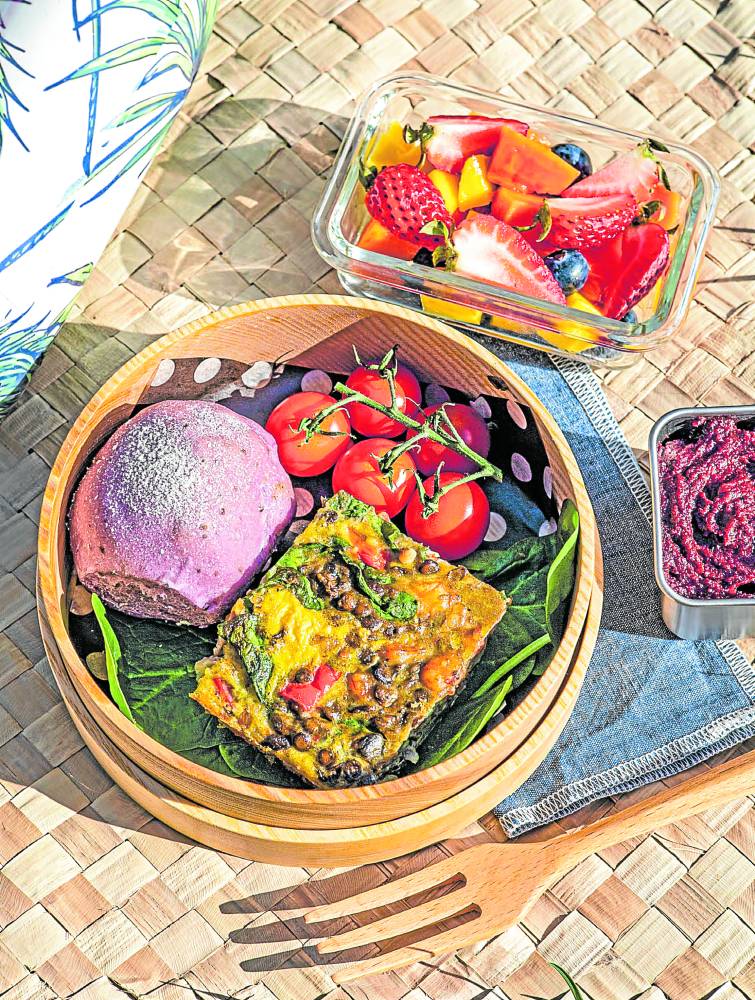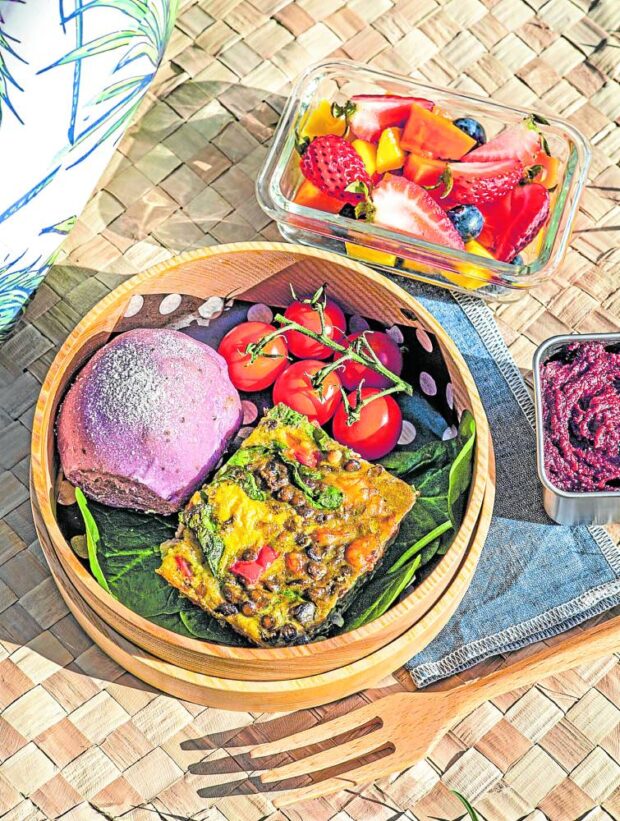
.
.
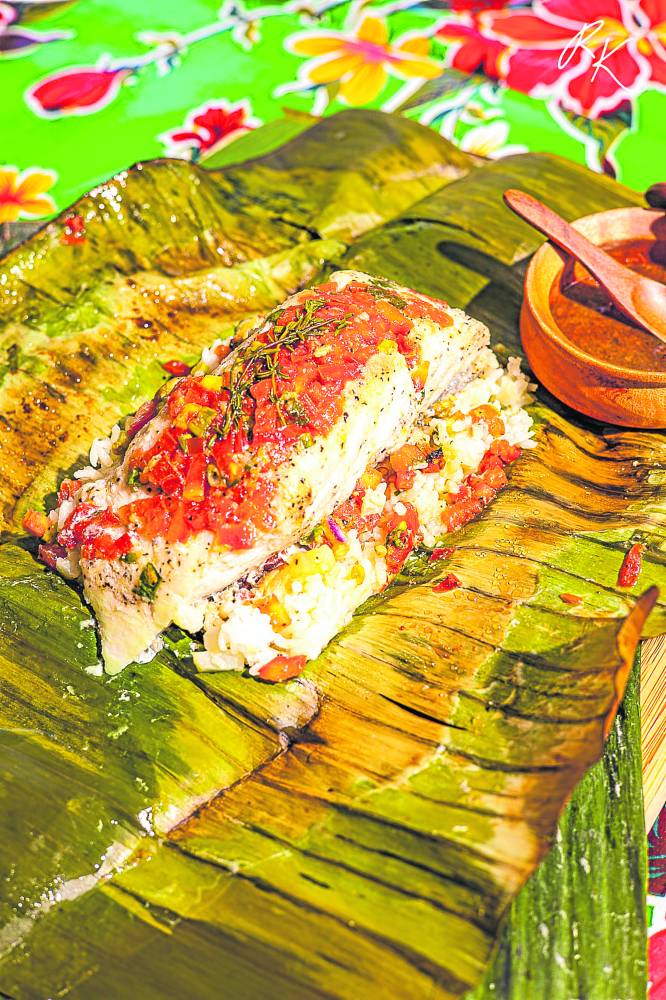
“Pinaputok at Binalot na Isda” ((Photo © Rezel Kealoha, reprinted with permission from “We Cook Filipino” by Jacqueline Chio-Lauri, Tuttle Publishing).
.
.
.
Filipino food’s reputation as oversalted, overweetened and lacking vegetables was hard to swallow for United Kingdom-based anthologist, author and editor Jacqueline Chio-Lauri.
She grew up with her lola’s cooking and couldn’t remember one meal when they did not have a vegetable dish or fruit on the table. “The words ‘balanced diet’ were like gospel, every day,” she said in an email interview, adding that her grandmother, who was a home economics teacher, always stressed the importance of eating right.
A follow-up to her first cookbook, “The New Filipino Kitchen,” which shared the extraordinary food culture of the Philippines through personal stories and recipes, “We Cook Filipino” (WCF) dispels the myth behind Filipino food being mostly unhealthy and a primary cause of heart diseases.
After all, not all Filipino food is lechon, chicharon and sisig. Vegetable-laden recipes abound throughout the archipelago; they’re just not as popular or well-known abroad as adobo, ube or lumpia.
“Filipino food is hardly represented in healthy eating, which may give the false impression that it is not healthy. I hope the book will help change the narrative about cultural cuisines, such as Philippine cuisine,” Chio-Lauri said.
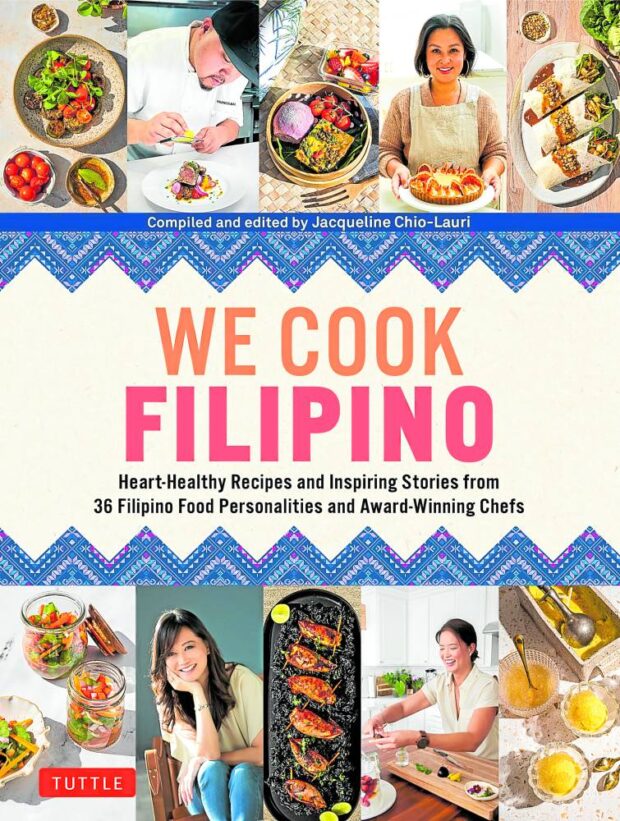
Proudly Pinoy cast
In the book, Chio-Lauri makes the point that “Filipino food can be as healthy as we want it to be” by asking contributors from the diaspora for heart-friendly recipes.
The diverse cast of proudly Filipino chefs, restaurateurs, food writers, bloggers, podcasters and recipe developers from across the globe shared their stories and recipes for “WCF,” including 2023 James Beard awardee Margarita Manzke, two-time Michelin Star awardee Roger Asakil Joya, International Association of Culinary Professionals (IACP) award-winning writer Liren Baker, James Beard award 2022 finalist Carlo Lamagna, James Beard award nominee Jennifer Fergesen, Bocuse d’Or World Championship finals representative William Mordido, IACP Food Photography finalist Rezel Kealoha,w and James Beard award semifinalists Amormia Orino and Paolo Mendoza. According to Chio-Lauri, the recipes included in “WCF” follow the recommendation of the American Heart Association for sodium and added sugar limits, and avoid deep-frying and the use of bacon, butter, lard, ghee, margarine and MSG. They also follow the general recommendations of the Dietary Guidelines for Americans 2020–2025 to decrease intake of foods higher in sodium and added sugar, and increase intake of nutrient-dense foods, such as vegetables, legumes, fruits and whole grains.
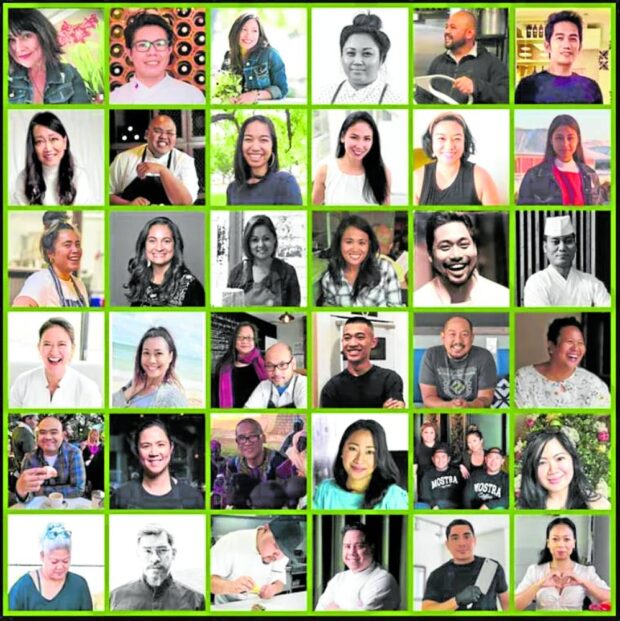
“Last but not least, the recipes should heed the universal rule that eating should be pleasurable,” Chio-Lauri emphasized. “Rich and flavorful doesn’t necessarily mean not healthy. Food can be nutrient-rich. Food can be flavorful without being overloaded with salt and added sugar.”
Leading cause of deathAsked why the focus on healthy Filipino fare in particular, she said it was for the same reason Filipinos usually ask one another “Kumain ka na? (Have you eaten yet?)” whenever we meet. “Because like most Filipinos, I care.”
She added, “I wanted to create this book to give us a nudge to take care of our hearts and well-being—we Filipinos are good at taking care of others but often suck at taking care of ourselves—and to show that we can do so without giving up the food we love or the food we grew up on.”
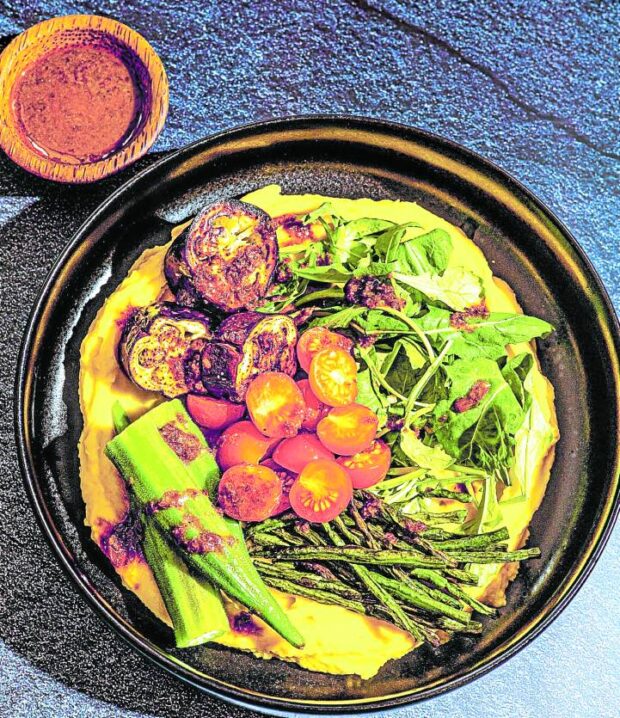
Ischemic heart disease has been the leading cause of death in the country—and even globally—for the past years, and heart problems run in Chio-Lauri’s family. But deadly cardiovascular diseased are preventable—even with genetic risk factors, she stressed. “Researchers found that genes accounted for well under 7 percent of people’s lifespan, which means over 93 percent of our health and longevity is in our own hands, and that what we eat play a crucial role in preventing heart diseases.”
Putting the book together has enriched her knowledge and appreciation for Filipino food and culture, Chio-Lauri said. “It also reaffirms what I already know—that Filipino food is multifaceted, nuanced, and it adjusts to all kinds of eating patterns.”
Among her favorite Filipino dishes include ningnan a bulig (Kapampangan for grilled mudfish) with unripe tamarind puree sawsawan and sides of fresh mustard leaves, boiled eggplant and ampalaya, and balo-balo (rice fermented with shrimp), while she misses palabok—“Pity the Jollibees here in the UK don’t serve palabok”—and Simbang Gabi bibingka, with the coming of the “ber” months.
Published under Tuttle Publishing, “We Cook Filipino” is available for preorder on Amazon.com and will be available at major bookstores in the Philippines following its Oct. 24 launch.


